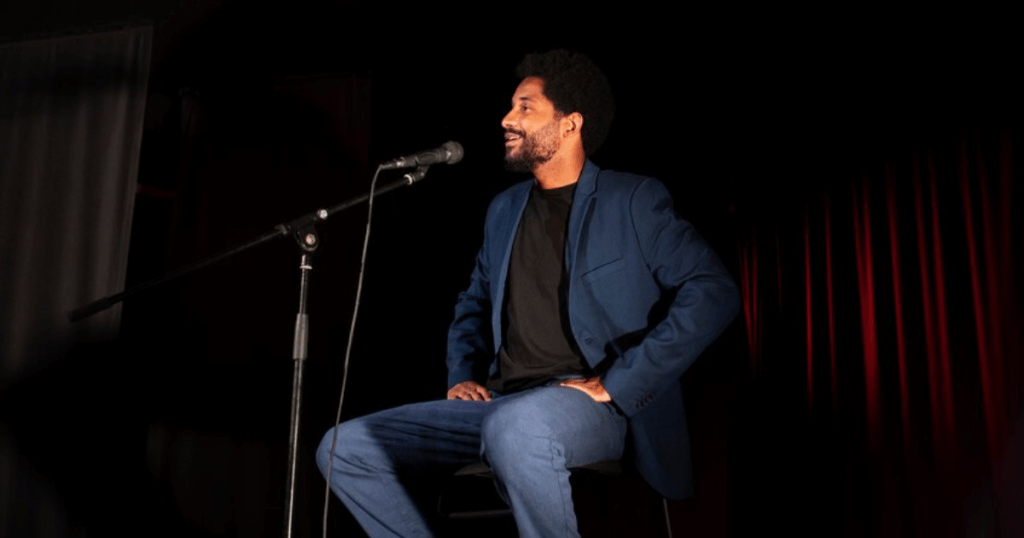Have you ever heard the saying, “An anecdote, personal experience, or story is not evidence, but it’s more convincing than evidence”? It’s a nugget of wisdom that reveals the remarkable influence of storytelling in communication. We encounter this phenomenon everywhere. But why does it work?
Anecdotes and personal stories are more convincing than facts and data, due to their ability to engage our emotions and imagination. These often involve real people, real experiences, and genuine emotions. This authenticity fosters a connection between the storyteller and the audience.

The Appeal of Fitness Infomercials
Let’s start with a fun example – fitness infomercials. You know, the ones where a super-fit person claims that their six-pack is a result of some revolutionary workout system? Even though there’s a tiny disclaimer that reads, “NOT TYPICAL RESULTS,” and you’re pretty sure they’ve got some Hollywood lighting and camera tricks up their sleeve, it still leaves an impression. You can’t help but think, “Could it work for me too?” That is the power of storytelling at play.
So, why do anecdotes and personal stories have this magical effect on us? It’s because they engage our emotions and imagination. When we hear a relatable story, we put ourselves in the shoes of the storyteller. We visualize their experiences, feel their struggles, and share in their triumphs. This emotional connection is what makes stories so much more memorable and persuasive than cold, hard data.
It’s not just a random quirk of human nature – there’s real psychology behind it. Our brains are wired to love stories. When we listen to a story, our brains release oxytocin, often dubbed the “bonding hormone.” This little chemical powerhouse is responsible for building trust, empathy, and social connections. So, when you weave a compelling narrative into your message, you’re not just sharing information – you’re building trust and connection.

Fact + Anecdote = A Winning Combination
Now, here’s the real secret sauce: combining facts with anecdotes. When you’re trying to convince someone with information, give them the facts. But don’t stop there. Follow it up with a personal anecdote, a first-person account, or a relatable story. This dynamic duo of data and narrative creates a one-two punch that ensures your message not only sticks but resonates with your audience.
Storytelling isn’t just reserved for big presentations or marketing campaigns. It’s an invaluable tool for everyday life. Whether you’re trying to persuade your boss, inspire your team, or simply win an argument at the dinner table, stories can make all the difference. You’ll be amazed at how stories can turn the tides in your favor.
Now, you might be wondering, “How do I craft compelling stories?” It’s simpler than you think. Start by identifying the key message you want to convey. Then, find a personal anecdote or a relatable example that reinforces that message. Make it engaging, vivid, and concise. Remember, the best stories often revolve around a relatable character facing a challenge and emerging changed.
And as with any skill, practice makes perfect. The more you incorporate storytelling into your communication, the better you’ll become at it. Soon, you’ll have a treasure trove of engaging stories at your disposal for any occasion.

In today’s digital world, storytelling has found a new stage. With the rise of social media, blogs, and video content, sharing personal anecdotes has never been easier. Take advantage of these platforms to connect with your audience on a deeper level. Share your stories, listen to theirs, and build communities around shared experiences. And the next time you’re out to persuade, inform, or simply connect, remember the magic formula: Fact + Anecdote. It’s a winning combo that will ensure your message not only sticks but resonates and inspires.





